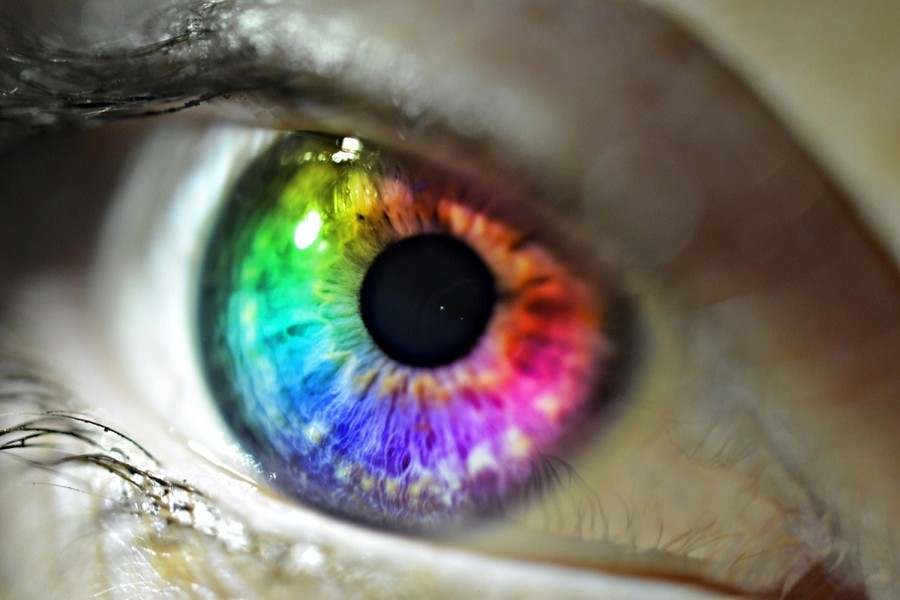One of the common eye disorders is colour blindness. This refers to the inability to identify the difference between some colours.
A more accurate name is deficient colour vision. It is also called Daltonism, in memory of British scientist John Dalton who is believed to be the first person to describe this scientifically.
Around the world, about 300 million people suffer from this condition. This is generally an inherited disease present from birth, but many people might have no idea they have this condition. Both eyes are equally affected, although there are extremely rare situations when one eye is normal and the other remains colour blind.
The most common form of colour blindness is the inability to distinguish between shades of red and green. Sometimes the difficulty is to separate blue and yellow. Some patients may see the colours properly in bright light but not in dim light. The most severe and rare form is the inability to see any colour, and everything seems grey.
As the name suggests, trouble separating different shades of colours and brightness is the commonest symptom. However, the sharpness of the colour remains intact.
Congenital colour blindness most commonly affects men, passed from their moms. Men are at a much higher risk for a congenital condition, especially north European men. Statistics showed that approximately 1 in 12 men (8 per cent) men from that ancestry is colour blind, compared to 1 in 200 women (0.5 per cent).
Sometimes, colour blindness appears later in life. This is called acquired and secondary to other conditions. These may include diseases like diabetes, glaucoma, Alzheimer’s, leukaemia, medications, e.g. hydroxychloroquine, chemicals, i.e. fertilisers, carbon disulfide etc.
If someone finds it difficult to distinguish colours or has a change in colour vision, it is imperative to consult an ophthalmologist. The doctor will conduct some tests. The most common test is to show the patients numbers made of multi-coloured dots. People with normal vision can find the numbers easily, while colour blind people will find it difficult and may not even see the number at all.
For congenital colour blindness, it is often when the child is going to the school that this condition is diagnosed. The teacher or the parents may suspect it from how the kids are perceiving colours. It is recommended that before starting school, children should get an eye exam.
Colour blindness is not yet curable. Some special glasses can make it better, but not for everyone. The main thing we can do is develop awareness and adjust the lifestyle accordingly. We can ensure our living space receives plenty of natural and bright light. However, glare is bad and should be avoided.
There are smartphone apps available to identify colours for you. These are very useful while buying vegetables because people with red-green colour blindness often find it hard to identify green vegetables.
Reading traffic lights could be a vexing issue. Colour blind people generally train themselves to respond to the horizontal position of the light, rather than colour. So when the top light is on (red) they stop and when the bottom light is on (green), they drive.
If the condition is due to any underlying disease (acquired) the doctor may target to manage that condition. This can offer relief to the patient.


